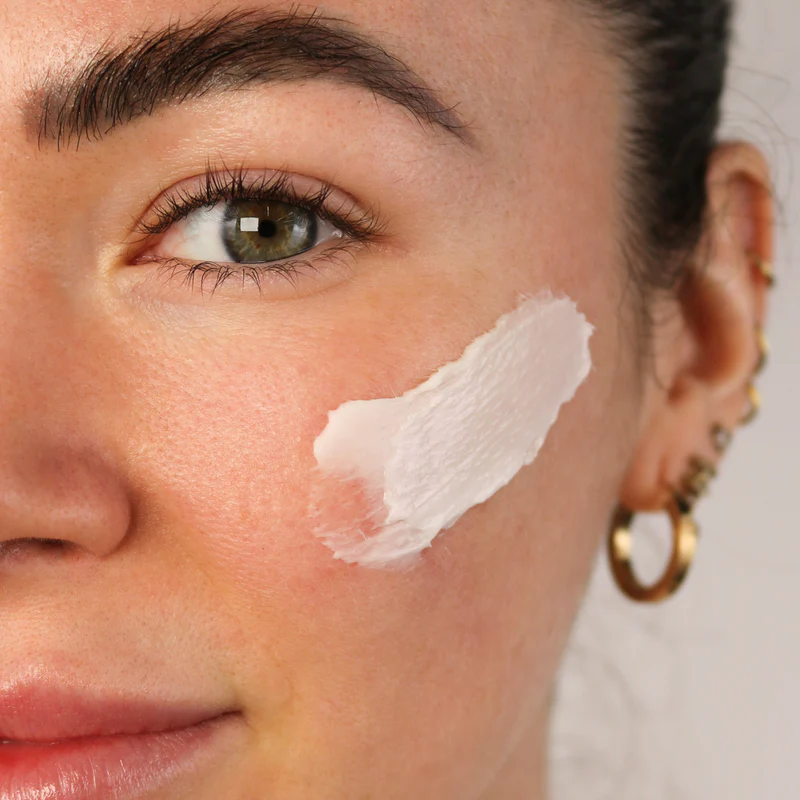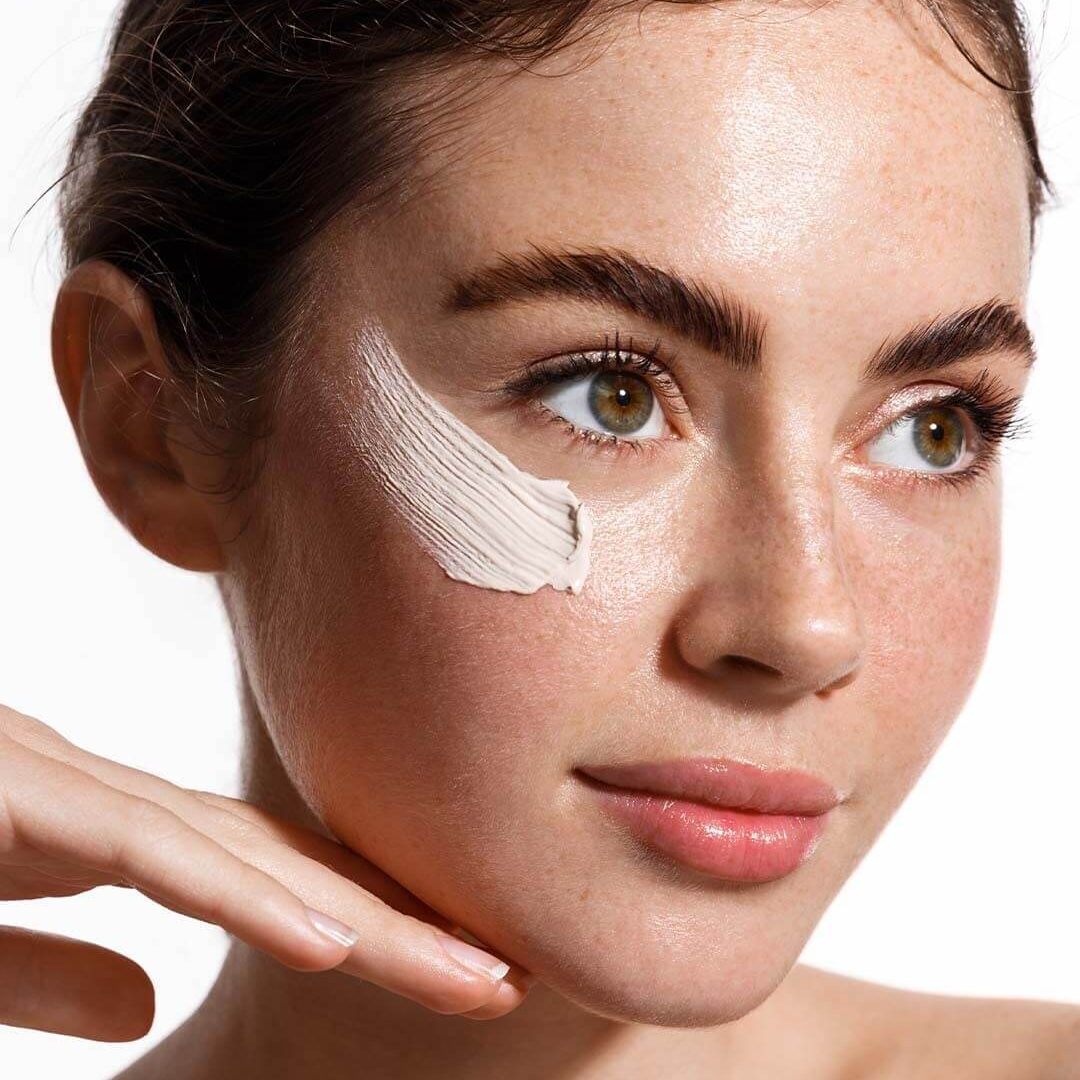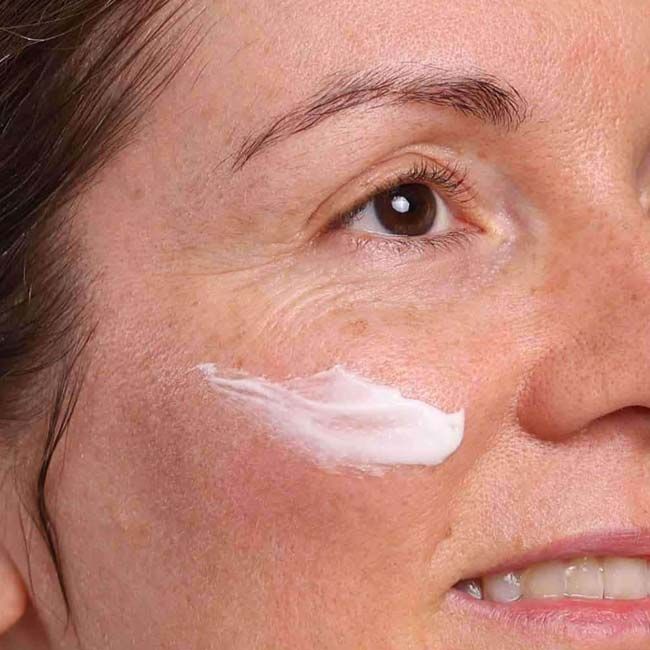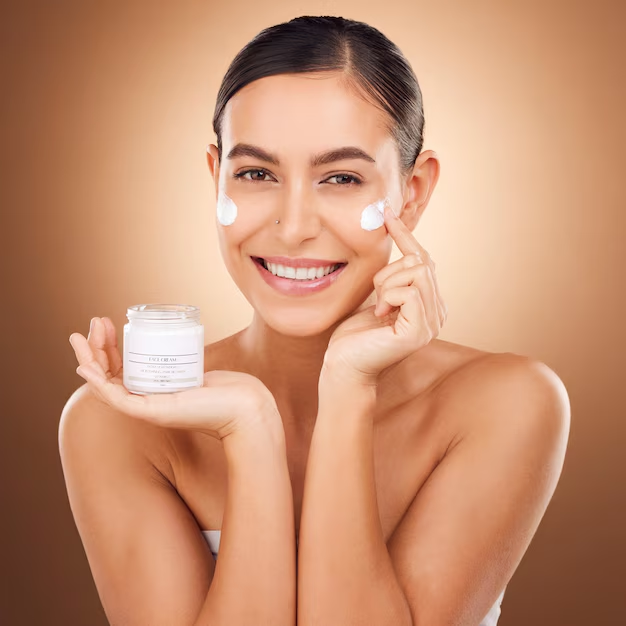
Lotion for Face :Nourishing Your Skin for a Radiant Complexion
Understanding the Importance of Facial Lotions
Facial lotions play a crucial role in maintaining healthy, vibrant skin. These specially formulated products provide essential hydration, nourishment, and protection to the delicate skin on the face. Unlike body lotions, facial moisturizers are designed to address the unique needs of facial skin, which is thinner, more sensitive, and more prone to issues like acne or premature aging. Regular use of facial lotion helps maintain the skin’s natural barrier function, preventing moisture loss and protecting against environmental stressors.
Additionally, these products can help balance oil production, reduce the appearance of fine lines and wrinkles, and improve overall skin texture and tone. Many facial lotions also contain active ingredients that target specific skin concerns, such as hyperpigmentation, redness, or uneven texture. By incorporating facial lotion into a daily skincare routine, individuals can support their skin’s health and achieve a more radiant complexion. Moreover, well-hydrated skin is better equipped to repair itself and maintain a youthful appearance. As the first line of defense against external factors, facial lotions contribute significantly to long-term skin health and appearance.

Key Ingredients in Effective Lotion for Face
Effective facial lotions contain a variety of ingredients that work together to hydrate, protect, and improve skin health. Hyaluronic acid, a powerhouse humectant, attracts and retains moisture, plumping the skin and reducing the appearance of fine lines. Ceramides, naturally occurring lipids in the skin, help strengthen the skin barrier and prevent moisture loss. Glycerin, another humectant, draws water into the skin, providing lasting hydration. Antioxidants like vitamins C and E protect the skin from free radical damage and environmental stressors, while also brightening the complexion. Niacinamide, a form of vitamin B3, helps improve skin elasticity, reduce inflammation, and regulate oil production.
Peptides stimulate collagen production, promoting firmer, more youthful-looking skin. Botanical extracts such as green tea, chamomile, and aloe vera offer soothing and anti-inflammatory benefits. Sunscreen ingredients like zinc oxide or titanium dioxide provide crucial protection against harmful UV rays, preventing premature aging and skin damage. Additionally, ingredients like salicylic acid or retinol may be included to address specific concerns such as acne or fine lines. Understanding these key ingredients helps in choosing the most suitable facial lotion for individual skin needs and concerns.
Choosing the Right Facial Lotion for Your Skin Type
Selecting the appropriate facial lotion requires an understanding of individual skin types and concerns. For oily or acne-prone skin, lightweight, oil-free, and non-comedogenic formulas work best. These lotions often contain ingredients like salicylic acid or niacinamide to help control excess oil and prevent breakouts. Dry skin benefits from richer, more emollient lotions that contain ingredients like hyaluronic acid, ceramides, and natural oils to provide intense hydration. Individuals with sensitive skin should opt for fragrance-free, hypoallergenic formulas that contain soothing ingredients like aloe vera or chamomile.
Combination skin types may benefit from using different products on various areas of the face or choosing a balanced formula that hydrates without causing oiliness. For mature skin, look for lotions with anti-aging ingredients such as retinol, peptides, and antioxidants to address fine lines, wrinkles, and loss of firmness. Those with normal skin have the flexibility to choose from a wide range of products but should still consider lotions that maintain skin health and provide environmental protection. It’s essential to consider factors like climate, season, and lifestyle when selecting a facial lotion, as these can impact skin needs. Additionally, individuals with specific skin conditions should consult a dermatologist for personalized recommendations.

The Benefits of Using Lotion for Face Daily
Incorporating facial lotion into a daily skincare routine offers numerous benefits for skin health and appearance. Regular use helps maintain optimal hydration levels, preventing dryness, flakiness, and the associated discomfort. Well-hydrated skin appears plumper and more radiant, with a smoother texture and reduced appearance of fine lines. Daily application of facial lotion creates a protective barrier against environmental stressors such as pollution, wind, and extreme temperatures, which can damage and prematurely age the skin. Many facial lotions contain antioxidants that neutralize free radicals, further protecting the skin from oxidative stress and supporting its natural repair processes.
Consistent use can help regulate oil production, benefiting both dry and oily skin types by promoting a balanced, healthy complexion. For those with sensitive skin, daily moisturizing can strengthen the skin barrier, reducing reactivity and increasing resilience over time. Regular application of facial lotion also ensures that active ingredients in the formula, such as anti-aging or brightening agents, have the opportunity to work effectively over time. Additionally, using facial lotion daily creates a smooth canvas for makeup application, helping products glide on more evenly and last longer. The act of applying lotion can also serve as a form of facial massage, promoting circulation and lymphatic drainage for a healthier complexion.
How to Properly Apply Facial Lotion for Maximum Benefits
Proper application of facial lotion ensures maximum absorption and effectiveness of the product. Start with clean, slightly damp skin to lock in additional moisture. Dispense a small amount of lotion, typically about the size of a dime, onto fingertips. Gently dot the product across the forehead, cheeks, nose, and chin to ensure even distribution. Using upward and outward motions, massage the lotion into the skin, being careful not to tug or pull. This technique helps stimulate circulation and promotes lymphatic drainage.
Pay special attention to areas that tend to be drier, such as around the eyes and mouth, but avoid getting the product too close to the eye area unless it’s specifically formulated for that purpose. Extend the application down to the neck and décolletage, areas often neglected but prone to showing signs of aging. Allow the lotion to absorb for a few minutes before applying any other skincare products or makeup. For daytime use, follow with a broad-spectrum sunscreen if the lotion doesn’t already contain SPF. Consider using a slightly richer formula or a higher quantity at night when the skin undergoes its natural repair processes. Consistency is key, so apply facial lotion twice daily, morning and night, for best results.

Common Mistakes to Avoid When Using Lotion for Face
While using facial lotion is beneficial, certain mistakes can hinder its effectiveness or even harm the skin. Applying too much product is a common error that can lead to clogged pores and a greasy appearance. Instead, start with a small amount and add more if needed. Using a lotion that’s not suitable for your skin type can cause issues like breakouts or excessive dryness. Another mistake is applying lotion to dirty skin, which can trap bacteria and lead to skin problems. Always cleanse the face before moisturizing. Neglecting to exfoliate regularly can prevent the lotion from absorbing properly, as dead skin cells create a barrier.
However, over-exfoliating can damage the skin barrier, making moisturizing less effective. Skipping facial lotion in oily areas is a misconception; even oily skin needs hydration to prevent overproduction of sebum. Failing to adjust skincare routines seasonally can lead to under or over-moisturizing as skin needs change with the weather. Using the same facial lotion day and night overlooks the different needs of the skin during these times. Applying lotion too roughly can irritate the skin and potentially cause premature aging. Lastly, not giving products enough time to absorb before applying makeup can reduce their effectiveness and cause makeup to slide off.
The Role of Facial Lotions in Anti-Aging Skincare
Facial lotions play a significant role in anti-aging skincare routines, offering both preventative and corrective benefits. Many anti-aging lotions contain ingredients like retinol, which increases cell turnover and stimulates collagen production, helping to reduce the appearance of fine lines and wrinkles. Peptides in these formulas support skin structure and firmness, combating sagging and loss of elasticity. Antioxidants such as vitamins C and E protect against free radical damage, a major contributor to premature aging.
Hyaluronic acid, often found in anti-aging lotions, plumps the skin and reduces the appearance of fine lines by attracting and retaining moisture. Some formulations include alpha-hydroxy acids (AHAs) or beta-hydroxy acids (BHAs) to gently exfoliate and promote cell renewal, revealing fresher, younger-looking skin. Niacinamide, another common ingredient, helps improve skin elasticity and even out skin tone, addressing age spots and discoloration. Regular use of anti-aging facial lotions can help maintain skin’s youthful appearance by supporting its natural regeneration processes and providing essential nutrients. Additionally, many of these products contain SPF, offering crucial protection against UV rays, which are responsible for a significant portion of visible skin aging.
Natural and Organic Options for Facial Lotions
The demand for natural and organic facial lotions has grown significantly as consumers become more conscious of ingredient safety and environmental impact. These products often contain plant-based ingredients like aloe vera, jojoba oil, shea butter, and various botanical extracts, which provide hydration and nourishment without synthetic additives. Natural antioxidants such as green tea extract or vitamin E from plant sources offer protection against environmental damage. Organic facial lotions use ingredients grown without pesticides or synthetic fertilizers, appealing to those seeking to minimize exposure to potentially harmful chemicals.
Many natural formulas incorporate essential oils for fragrance and additional skincare benefits, though it’s important to note that some individuals may be sensitive to these oils. Ingredients like coconut oil, rosehip oil, and avocado oil provide rich moisture and fatty acids that support skin health. Natural preservatives like grapefruit seed extract or rosemary oil extract are often used in place of synthetic alternatives. While natural and organic products can be highly effective, it’s crucial to choose ones that are well-formulated and suited to individual skin types. Some natural ingredients can be potent or allergenic, so patch testing is advisable. Additionally, look for certifications from reputable organizations to ensure the authenticity of organic claims.

Combining Facial Lotions with Other Skincare Products
Effectively integrating facial lotions into a comprehensive skincare routine requires understanding how different products interact. Generally, skincare products should be applied from thinnest to thickest consistency. After cleansing, apply any toners or essences, followed by serums, which are typically lighter and more concentrated. Facial lotion usually comes next, helping to seal in the benefits of previously applied products. For daytime routines, follow the lotion with a broad-spectrum sunscreen, unless the lotion already contains SPF. In the evening, facial oils can be applied after lotion for an extra boost of nourishment, especially for dry or mature skin.
When using acne treatments or spot treatments, apply these before moisturizer to allow them to penetrate the skin effectively. If incorporating retinoids or other potent active ingredients, consider using them on alternate nights from other active products to prevent irritation. Some people benefit from the “sandwich method,” applying a lightweight moisturizer before and after potentially irritating treatments to buffer their effects. When using multiple products, allow each layer to absorb for a few moments before applying the next. It’s important to introduce new products gradually and observe how the skin reacts to ensure compatibility and avoid overwhelming the skin.
The Future of Facial Lotions: Innovations and Trends
The facial lotion market continues to evolve with new technologies and formulations addressing diverse skin concerns. Personalized skincare is a growing trend, with companies offering custom-blended lotions based on individual skin assessments and environmental factors. Microbiome-friendly formulations that support the skin’s natural bacterial balance are gaining popularity, promising to enhance overall skin health. Advanced delivery systems, such as microencapsulation and liposomal technology, are improving the efficacy of active ingredients by ensuring deeper penetration and sustained release.
Adaptogenic ingredients, which help the skin adapt to stress and environmental changes, are being incorporated into facial lotions. Sustainable and eco-friendly packaging options are becoming more prevalent, appealing to environmentally conscious consumers. Blue light protection is emerging as a key feature in many facial lotions, addressing concerns about digital device usage. Biotechnology is enabling the development of lab-grown ingredients that are more sustainable and consistent in quality. Multi-functional products that combine the benefits of several skincare steps are simplifying routines while maintaining effectiveness. As research in skincare continues to advance, expect to see more targeted solutions for specific skin concerns and innovative ingredients that push the boundaries of what facial lotions can achieve.

